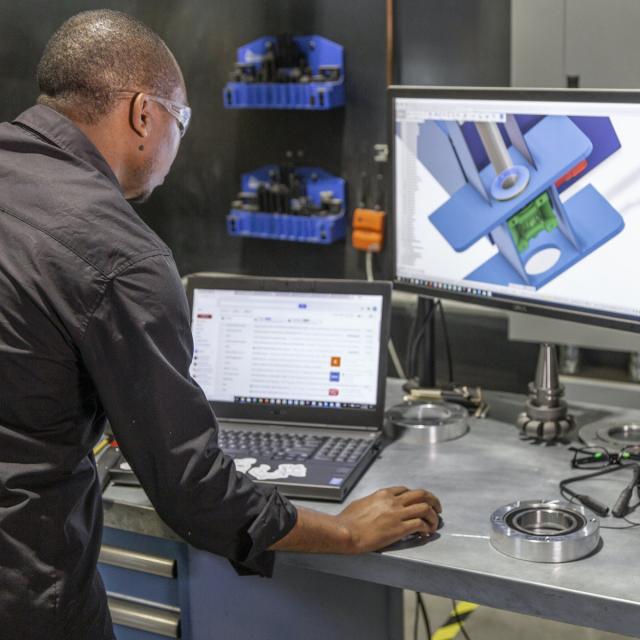MOOC List is learner-supported. When you buy through links on our site, we may earn an affiliate commission.

MOOC List is learner-supported. When you buy through links on our site, we may earn an affiliate commission.
We'll take a closer look at design and detail for manufacture and create toolpaths to cut parts. Even if the end goal as an engineer isn’t to fabricate your own parts, it’s a valuable skill to understand how things are made and what design decisions can ultimately affect how something is created.
After taking this course, you'll be able to:
- Inspect a multicomponent assembly.
- Identify manufacturing methods based on part inspection.
- Create detailed drawings for manufacturing.
- Practice creating toolpaths for manufacture.
What You Will Learn
- Inspect a multicomponent assembly.
- Identify manufacturing methods based on part inspection.
- Create detailed drawings for manufacturing.
- Practice creating toolpaths for manufacture.
Course 4 of 4 in the Autodesk CAD/CAM/CAE for Mechanical Engineering Specialization.
Syllabus
WEEK 1
Drafting for Manufacture
In Week 1, we’ll focus on the creation of detailed drawings for production. Understanding not only how to create or customize a drawing, but also how to identify critical features or aspects of a design on a drawing is key to helping ensure the parts you get are the parts you want.
WEEK 2
Design for Manufacture
In Week 2, we’ll discuss topics surrounding the review and modification of designs for manufacture. From tool accessibility, to understanding the required tools and the design of fixturing and soft jaws for vises, this week will help prepare for programming toolpaths. We explore and understand the cost associated with part setup, raw stock, and material removal to better identify design changes for production.
WEEK 3
Setting up a CNC Milling program
In Week 3, we’ll focus on setting up and creating a CNC milling program. We’ll lay the foundation for all programs by creating and managing a tool library, defining a setup, and creating milling and drilling toolpaths. The setup and creation of these will be the basis for nearly every milling program.
WEEK 4
Machining complex geometry
In Week 4, we’ll cover additional toolpaths required to help rough and finish complex 3D shapes. Understanding the toolpaths available and the types of geometry they can be used on will help you to make informed decisions on any part. Toolpaths often have strengths and weaknesses based on the geometry and we'll identify some of these to help get your parts to the shop floor quicker.
MOOC List is learner-supported. When you buy through links on our site, we may earn an affiliate commission.
MOOC List is learner-supported. When you buy through links on our site, we may earn an affiliate commission.
